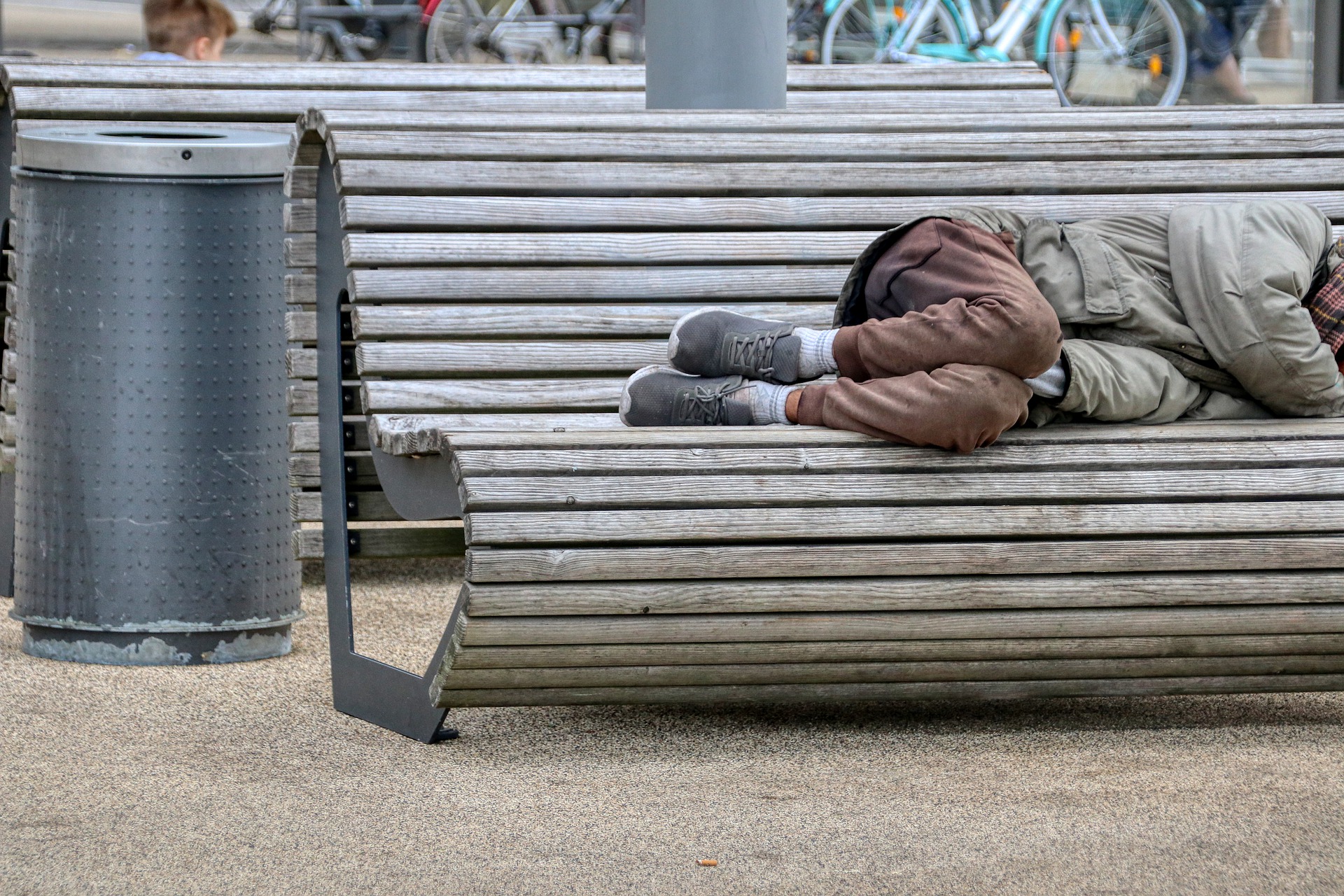Rent, hurricanes, and the pandemic have led to a massive increase in homelessness across Florida and the country.
By Andrew Fraieli
In the face of rising rent costs, hurricane damages, and the ending of pandemic era funding, Florida has found itself once again sitting in the top three states for largest population of people experiencing homelessness as the country sees its highest since 2007.
According to the newly released Annual Homelessness Assessment Report by the U.S Department of Housing and Urban Development, the number of unhoused people in the country went up by almost 80,000 people since the year before — a 12% increase — reaching about 653,000 people total. This broke down to about 60% being in either emergency shelter or transitional housing, and the other 40% being unsheltered, such as on the streets or living in their car.
Every year HUD collects data from local homeless services coordinating bodies called Continuums of Care, or CoCs, who go out one night in January to count how many people are living unsheltered, in what is called a Point-in-Time count. HUD then combines this with the known number of people in the shelter system across the country for a total number of people experiencing homelessness.
Many CoCs in 2021 did not report unsheltered homelessness due to pandemic concerns and restrictions, but the report highlights that the pandemic did directly influence a drop in sheltered homelessness between 2020 and 2021 with the numbers increasing again in 2022 as “pandemic era restrictions were lifted and eviction moratoria began to end.”
These same reasons are partially what led to Florida’s almost 20% increase in homelessness, or about 5,000 people, since last year.
The report states that several communities with historically low shelter-bed availability blamed the expiration of pandemic-related funding for the increase in their unsheltered population. Others on the west coast said the effects of Hurricane Ian, which destroyed over 19,000 structures according to the state Office of Insurance Regulation, are still being felt and are noticeable in their statistics as it happened only months before the point-in-time count.
Housing costs are another issue that communities in central Florida specifically blamed, saying in the report that “evictions have become far more common leaving people with no place to go.” Rent costs and evictions have been talked about extensively in Orange County months before their homeless count as the county had rent control on their ballot.
The ballot initiative was made moot eventually by a Florida Senate bill that, among purposes, banned municipalities from enacting rent control.
Still other communities, like Miami, reported the over 200,000 migrants into the city over the last year as a reason for an increase in homelessness, “with few housing options and minimal support networks for the new arrivals,” according to the report.
Across the board, Florida holds 5% of the total unhoused population in the U.S., or 30,756 people, behind only New York with 16% and California with 28%. Florida also has some of the highest rates of unsheltered homelessness in the country per county, with Hendry, Hardee, and Highlands Counties sitting at 88% behind only Jackson, Tennessee with 91%.
More broadly across the country, Black people continued to be overrepresented for their national population, making up 37% of those experiencing homelessness but only 13% of the country. Transgender and other gender non-conforming people were similar, increasing by 31% over last year, or about 800 people.



